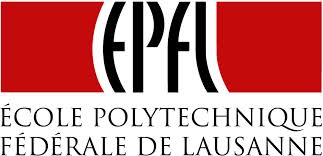Water and some nano-structured iron oxide is all it takes to produce bubbles of solar hydrogen; EPFL and Technion scientists just discovered the champion structure to achieve this.
In the quest for the production of renewable and clean energy, photoelectrochemical cells (PECs) constitute a sort of Holy Grail. PECs are devices able of splitting water molecules into hydrogen and oxygen in a single operation, thanks to solar radiation. “As a matter of fact, we’ve already discovered this precious chalice,” says Michael Grätzel, Director of the Laboratory of Photonics and Interfaces (LPI) at EPFL and inventor of dye-sensitized photoelectrochemical cells. “Today we have just reached an important milestone on the path that will lead us forward to profitable industrial applications.”

This week, Nature Materials is indeed publishing a groundbreaking article on the subject. EPFL researchers, working with Avner Rotschild from Technion (Israel), have managed to accurately characterize the iron oxide nanostructures to be used in order to produce hydrogen at the lowest possible cost. “The whole point of our approach is to use an exceptionally abundant, stable and cheap material: rust,” adds Scott C. Warren, first author of the article.
At the end of last year, Kevin Sivula, one of the collaborators at the LPI laboratory, presented a prototype electrode based on the same principle. Its efficiency was such that gas bubbles emerged as soon as it was under a light stimulus. Without a doubt, the potential of such cheap electrodes was demonstrated, even if there was still room for improvement.
By using transmission electron microscopy (TEM) techniques, researchers were able to precisely characterize the movement of the electrons through the cauliflower-looking nanostructures forming the iron oxide particles, laid on electrodes during the manufacturing process. “These measures have helped us understand the reason why we get performance differences depending on the electrodes manufacturing process”, says Grätzel.
By comparing several electrodes, whose manufacturing method is now mastered, scientists were able to identify the “champion” structure. A 10
[source: http://feeds.importantmedia.org/~r/IM-greenbuildingelements/~3/dlLdIg1o7r4/]

Leave a Reply
You must be logged in to post a comment.